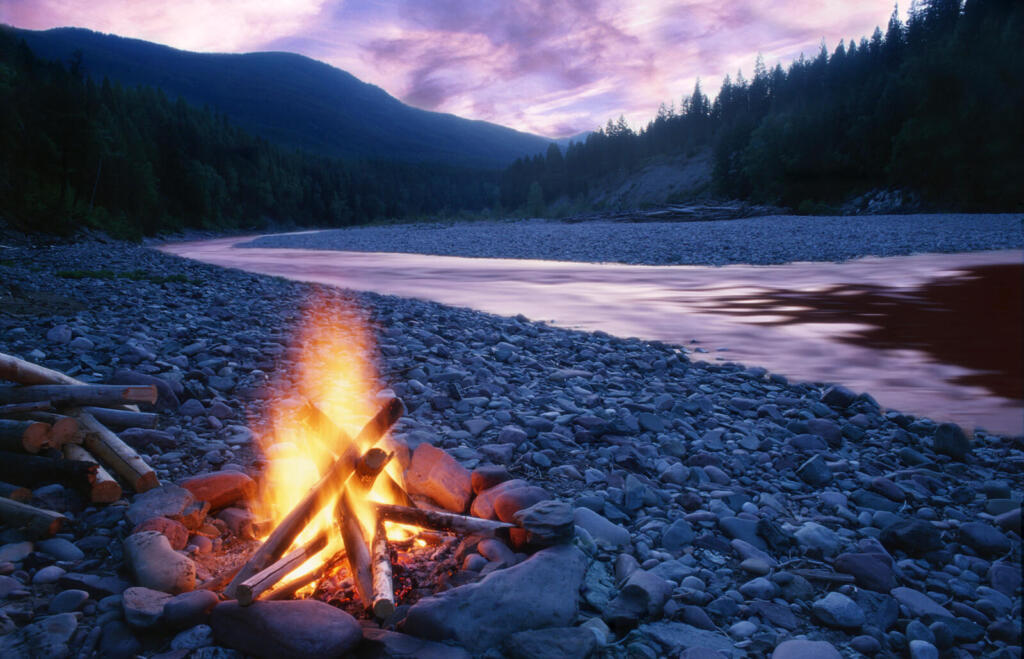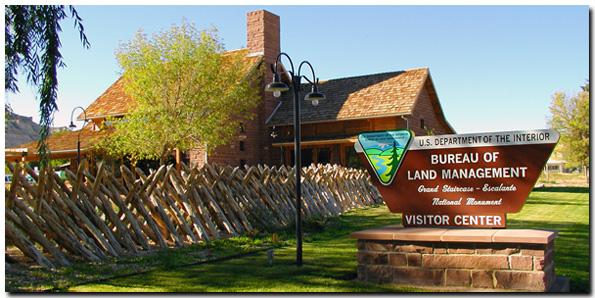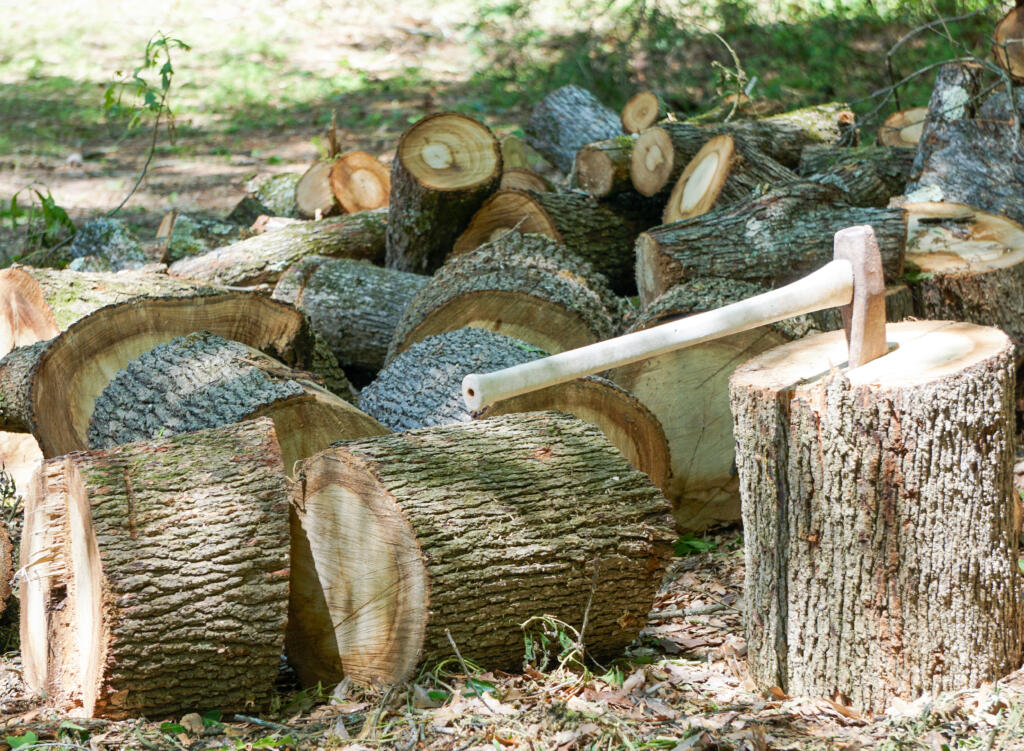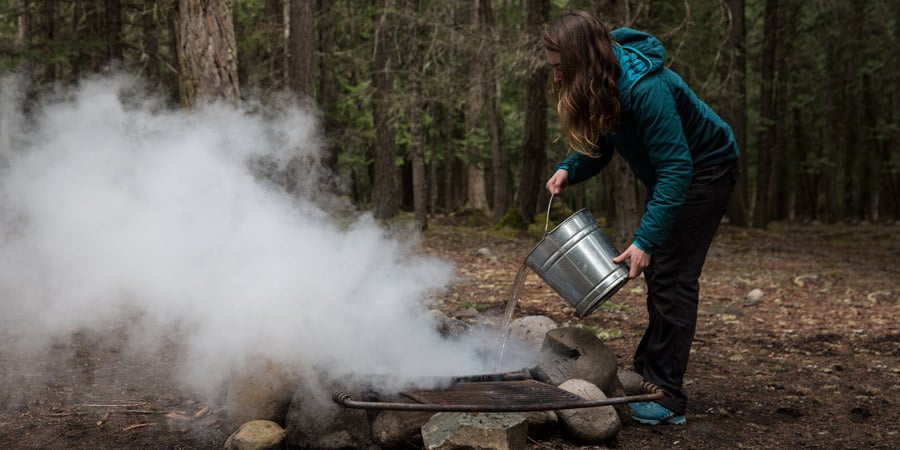
Especially in the fall, camping is a fan-favorite hobby for lake homeowners who love the outdoors. There’s nothing better than waking to beautiful foliage when the leaves are in peak season.
Since the air is crisp this time of year, making a bonfire is a beloved part of camping. However, if you’ve recently been watching the news in California, you’re aware of how wildfires can quickly spread.
Luckily, there are plenty of ways to stay safe while still enjoying a warm fire on the trail. Check out our advice on how to create a safe and fun bonfire while camping this fall!
Know the Local Rules

Depending on your campground, the rules surrounding where and when you can light a fire may differ. It’s best to call the campground or visitor center before making the trip (and before you lose cell phone service in the woods) so you can find out the regulations.
These fire rules can also change depending on weather conditions. If it’s been windy or dry lately, for example, the park might ban campfires due to potential hazards.
Use Local Kindling Wood

When choosing wood to start a campfire, be sure to buy it near the campground. Better yet, choose a variety of sticks and tree branches from the local campground.
If you buy wood elsewhere, you never know what pests it might bring along with it! The last thing you want to do is introduce non-native pests to the natural environment.
Once you have the firewood, remember not to stack them in a dense pile. Instead, lay down larger pieces in a crosshatch pattern (much like when playing Jenga).
Place the dried leaves and twigs at the bottom of your “tower’ and light the fire. For more detailed insight, check out REI’s video “How to Build a Campfire.”
Know What Accelerants to Use

Next to starting a fire, the second challenge is keeping the fire going. Perhaps “gasoline” is the first word that comes to mind when you think of accelerants, but it’s hazardous to add gas to a campfire.
Instead, stick to using lighter fluids if you must use an accelerant — and remember to never use it directly on open flames. Also, be sure to confirm with the campground’s visitor center that the use of lighter fluids is okay.
Besides accelerant products, one practical way to create long-lasting campfires is by picking the right wood. Dry wood will burn quickly, but wetter woods tend to burn slower. If you can, choose the latter!
Don’t Sit So Close

Although you created the fire, you’re not immune to getting burned. As a general rule, campfires should be close enough for marshmallow roasting but far away to prevent burning your hands.
Also, remember that fires can burn synthetic materials. So, keep your fleece coat’s wellbeing in mind, as well as your own, next time you build a campfire. As for the distance from your tent, a good rule of thumb is 50 feet.
Extinguish Properly

According to the National Parks Service, almost 85% of wildland fires are caused by humans. This statistic includes campfires that are left unattended and not extinguished properly.
To keep the site safe, be sure to extinguish the fire with water (but don’t stand too close to the steam), then stir the ashes and pour water again. You should repeat this process until the ashes are cool to the touch.
Although some recommend it, don’t use dirt or sand to extinguish campfires. In doing so, hot coals can remain insulated and cause another flame.
Before leaving the campsite, remember to burn trash that can be fully consumed by fire. Anything that can’t burn (e.g., plastic, cans, and aluminum foil) should be carried and thrown away accordingly. It’s just good etiquette!
As nature lovers who live on the lake, we find it essential to leave no trace when camping. By taking these precautions, you can ensure that your campfires are safe, effective, and fun!

